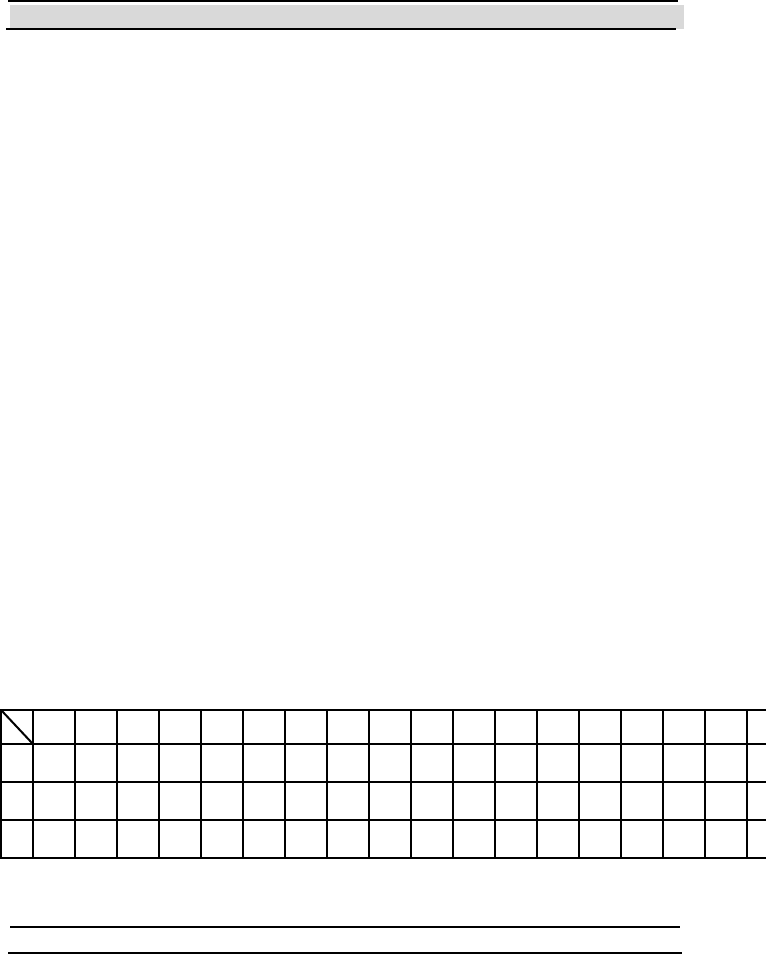User Manual
Table Of Contents

Chapter 8 System Parameters and Comm ands
Hi-G-Tek Ltd. Micro electronics & Asset Tracking Technology - 135 -
transmitted the command, the commands is completed, and whatever
DataSeals that received the command, performed it. T he second type –
commands with response – use the Slotted Aloha concept in order to
overcome potential RF collisions between the responding DataSeals.
The only commands of this type are the (broadcast) Veri f y and the
Tampered commands. T he Slott ed Aloha concept is described in t he
following paragraph.
8.1.3 The Slotted Aloha Concept
Because the set of the receiving DataSeals is not known in advance, there's
no deterministic way to synchronize their responses. In other words, RF
collisions are unavoidable. However, by using retransmits, the probability
of receiving all the responses can be very high. Here's the way it works:
The command includes 2 arguments that are relevant to this matter: Nr an d
Rr. Nr determines the total number of windows (time slots) in which the
DataSeal can respond, and Rr determines how many times the DataSeal
will transmit its response (or: how many time slots the DataSeal will
actually use to send its response). It is clear that Nr should be much greater
than Rr in order to allow many DataSeals to be received. Each DataSeal
randomly chooses Rr time slots in which it will respond. The following
table demonstrates the situation when Nr (number of windows) is 23, Rr
(number of retransmits) is 4, and there are 3 DataSeals in the DataReader's
Receiving Zone:
1
2
3
4
5
6
7
8
9
10
11
12
13
14
15
16
17
18
1 x x x x
2 x x x
3 x x x










